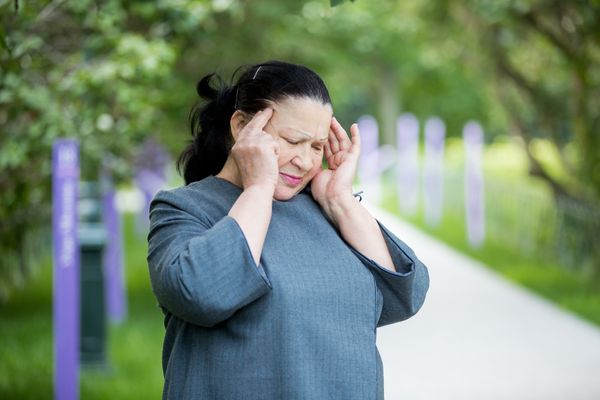1. You can have a stroke at any age. More than 25 percent of stroke victims are under 65. However, for every decade after age 55, your risk of stroke increases by 10 percent.
2. There are two forms of stroke: ischemic (blockage of a blood vessel supplying the brain) and hemorrhagic (bleeding into or around the brain).
3. African-American women have a lower one-year survival rate following stroke than Caucasian women. One half of all African-American women will die from either stroke or heart disease.
4. If you live in the southeastern United States you live in the "stroke belt"—an area with the highest stroke-related mortality rate in the country.
5. The most important risk factors for stroke are hypertension, heart disease, diabetes and cigarette smoking.
6. Pregnancy may increase your risk of stroke, particularly in pregnant women who experience complications, such as preeclampsia or postpartum hemorrhage. Report severe headaches or visual changes after delivery to your health care professional immediately. They can be warning signs of blood clots in the brain.
7. If you have the sudden onset of the worst headache of your life or the sudden onset of neurological symptoms, call 911 and get to a hospital immediately.
8. A stroke must be accurately diagnosed the emergency department to determine the appropriate treatment. Some stroke treatments have to be given within just several hours of the stroke's onset for best success. Time is of the essence.
9. Other risks include heavy alcohol consumption, high blood-cholesterol levels, illicit drug use and vascular abnormalities. Having had more than one risk factor increases your risk.
10. Changing your diet may reduce your stroke risk. Cut back on the amount of salt and fat in your diet to prevent high blood pressure and atherosclerosis—hardening of the arteries—two major stroke risk factors.







